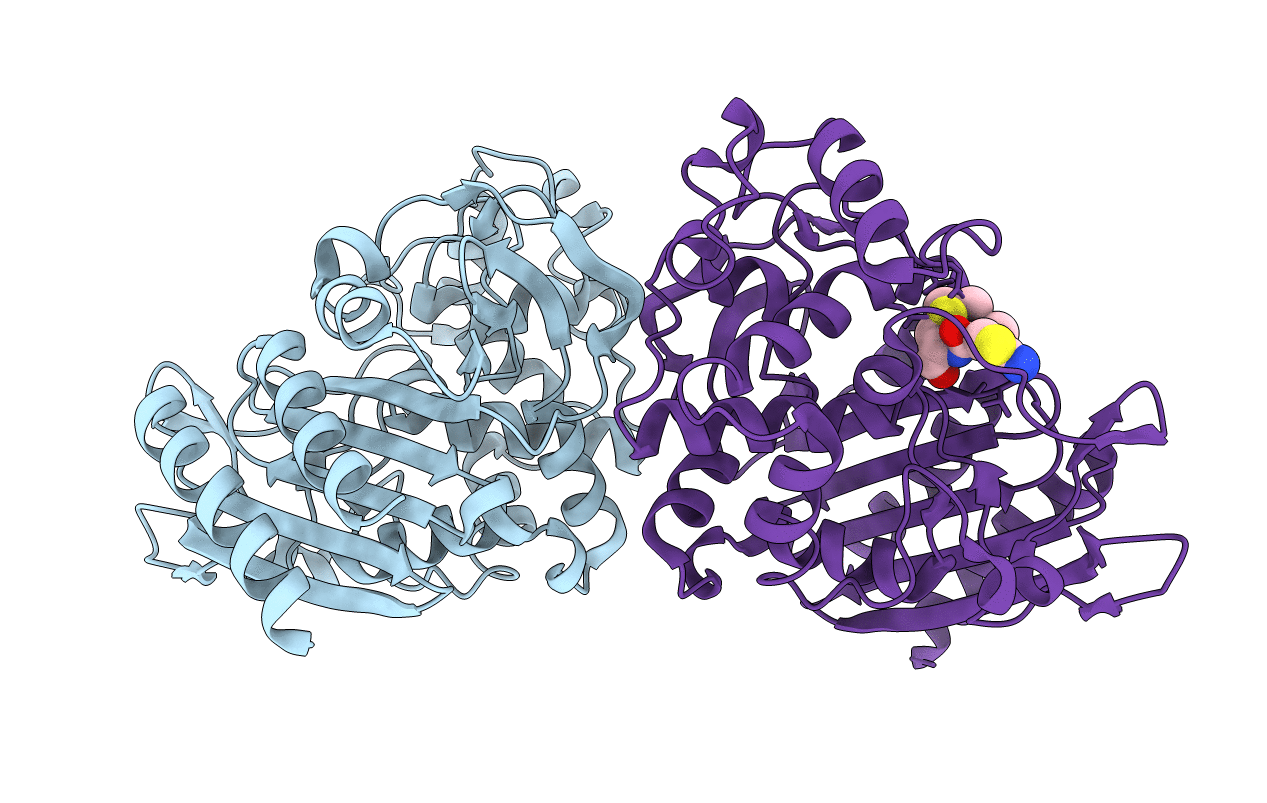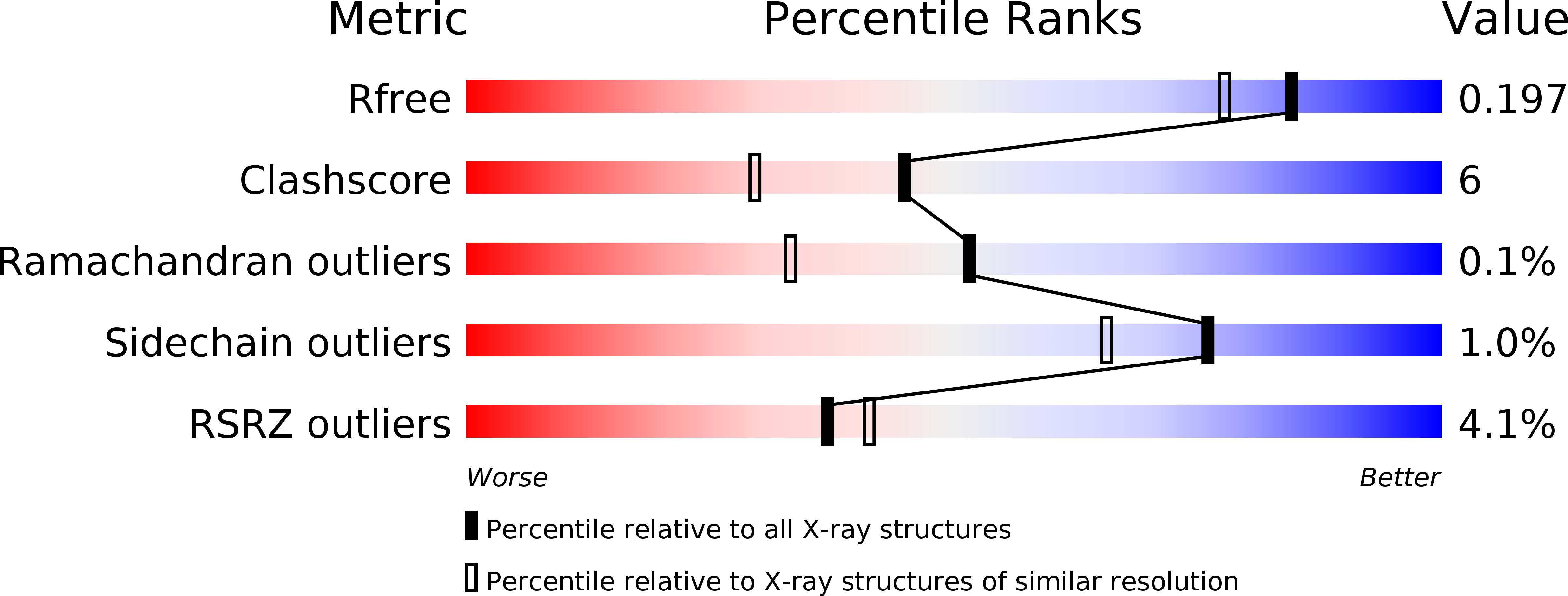
Deposition Date
2002-04-26
Release Date
2002-10-02
Last Version Date
2024-11-06
Entry Detail
PDB ID:
1LLB
Keywords:
Title:
Crystal Structure Of AmpC beta-Lactamase From E. Coli In Complex With ATMO-penicillin
Biological Source:
Source Organism:
Escherichia coli (Taxon ID: 562)
Host Organism:
Method Details:
Experimental Method:
Resolution:
1.72 Å
R-Value Free:
0.19
R-Value Work:
0.17
Space Group:
C 1 2 1


